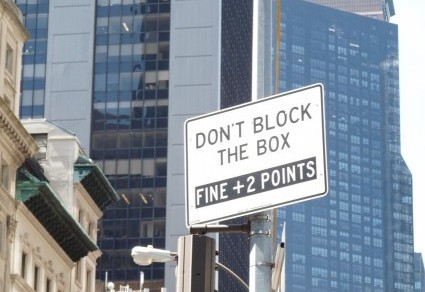As a teacher I read many three-page essays that were buried inside six pages of typing. I tend to be ruthless in deleting unneeded words. I do not edit signs, though, because (a) graffiti is against the law and (b) it’s more fun to mock what’s there. For example:

Renew like new.
Darn. I like my leather jacket renewed “like old.” Well, I would if I had one, and I don’t. Here’s another:

Recycling what?
How can you recycle something that hasn’t been “used” already? Also, is “this establishment” recycling “cooking oil” or “services”? And how exactly do you recycle a service? Inquiring minds want to know.
Now for the animal kingdom:

Pet dogs?
From this sign, I gather that wild dogs are welcome in this store, as are other animals people keep as pets – cats, rabbits . . . maybe even boa constrictors. But if you have a pet that is a dog, you have to leave Fido at home when you shop.
Not that every repetition is wrong. I love this sign, which appears on the door of a restaurant that caught fire a few weeks ago. I am ignoring the grammar errors, though I acknowledge that “roofer’s” shouldn’t have an apostrophe and “electrician” should be “electricians.” A couple of periods would be nice, too. But the wordplay is just plain fun:

Electrifying electricians.
That’s it for today. Feel free to find unnecessary words in this post and mock me as much as you like.















